Rifles by countries and continents. Viking Heirs Rifles (part 14)
The German Mauser M1892 chambered for 8x58R (Army Museum, Stockholm)
They also understood that a soldier in a battle must ... work! Otherwise, he will simply go crazy with the horror that is happening around him. The easiest thing is to give him the opportunity to shoot. Not too often - it is very expensive for the country, but not for one cartridge. This is too slow. Five rounds per store charge was enough.
Nevertheless, for some reason, some countries developed weapons a real "cult of accuracy." This is primarily Switzerland (which we have already talked about in VO) and Sweden (about which we also talked about rifles, but now much more information will be given!), Who tried to give a rifle for sniper shooting to the hands of almost every soldier of their army. And if for rifles of other countries at the beginning of the twentieth century the optimal distance for an accurate shot was a distance of 100 yards, for rifles of these two countries - 300 yards! Even the United States, Germany and the United Kingdom, which produced extremely accurate rifles (especially in their sniper variations), did not achieve such results for rifles produced for ordinary infantrymen.
Swedish MXX Mauser produced by the company of Carl Gustaf (Carl Gustafs Stads Gevärsfaktori). Caliber 1896x6.5 mm. (Army Museum, Stockholm)
So what made Sweden and Switzerland come to this? Perhaps this was due to their culture. In fact, the theme of the relationship between culture and war is very interesting within the framework of cultural tradition and will have to be addressed. In the meantime, the answer to this question, perhaps, lies in that great attention to mechanical precision and metalworking, which they were famous for? But it could well be also a matter of choosing tactical priorities. These peoples had small armies that came across potential invaders who had a huge supply of labor and, therefore, “cannon fodder”. They were at a disadvantage, but it was beneficial for them to “play for protection” in difficult terrain. The troops of these countries will not be able to beat their opponent in the jungle. But they will outnumber him in snow fields or high mountains.
Imagine yourself as a Swiss soldier facing a German occupier. You are in a hidden position on a snowy slope, and your enemy crosses the valley. If you do not have artillery, would it be nice if you had a rifle that allows you to hit it as far as possible? And isn't it a great idea that every person in your country, even the smallest unmobilized reservist, has such a rifle on hand? And, most likely, the military experts of these countries just decided that their armies needed just such accurate and long-range rifles.
Carabin m / 1894 / 96 for the Swedish engineering corps. Caliber mm 6.5x55 (Army Museum, Stockholm)
This was true of highland and neutral Switzerland, but it was also perceived in northern, mountainous and neutral Sweden. Not without reason for today's collectors, Swedish rifles are real treasures ... beautiful, accurate and very accurate. And these are all Mauzers, although this does not mean that the Swedes did not test rifles and other systems. Tested! But it was Mauser who considered the best rifle among all tested ones. The Swedish Mauser is very similar to the Spanish 1893 Mauser of the Year, except for differences in some small details and ... an amazing level of accuracy!
Originally, Mauser rifles were purchased in Oberndorf, but the Swedes insisted that they use excellent Swedish steel. Later, the production of rifles was deployed in two Swedish enterprises: Karl Gustaf and Husqvarna. By this time, the Remington rifles with the Swedish infantry's crane bolt had already been converted to small-caliber cartridges (8x58R), but the cavalry carbines still used the old 12,17X42R ammunition. So it was decided that the cavalry would receive the first new Mauser, and the infantry would wait a bit!
Clip with cartridges for "Swedish Mauser", release 1976.
This is how the famous Swedish Mauser was born - a family of rifles based on an improved version of the 1893 early Mauser model of the year, but using the 6.5 × 55 mm cartridge and including a number of unique elements at the request of Sweden. These are the m / 4 carbine (model 1894), the long rifle m / 96 (model 1896), the short rifle m / 38 (model 1938) and the sniper rifle m / 41 (model 1941). In 1898, their production was launched at the Karl Gustav Arms Plant in Eskilstuna.
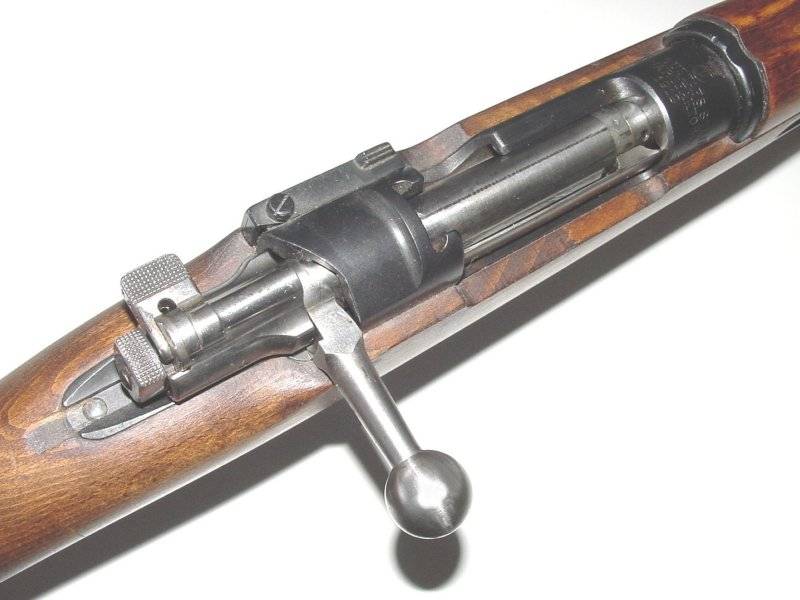
Shutter rifle "Carl Gustav"
All Swedish mausers were designed for the 6,5 × 55 mm cartridge, and all of these provided pressure 455 MPa (65,992 psi) (55 000 CUP). The scope was also calibrated with the 6,5 × 55 mm chuck and designed for firing from 300 to 2000 m with 100 pitch. The Swedish mausers made Waffenfabrik Mauser AG in Oberndorf in Germany, where 1896 rifles were made at the end of the year 12000. In Sweden, rifle production began in 1898 at the factory of Carl Gustav and Huskvarna on Vapenfabriks Aktiebolag. Before 1918, the Karl Gustov plant produced 113000 carbines, which had a characteristic tide at the bottom of the box at the muzzle for attaching the bayonet. All Swedish mausers made in Germany or Sweden were made using high-quality tool steel alloyed with nickel, copper and vanadium, with high strength and corrosion resistance.
Carabiner m / 1894 with tide for bayonet. (Army Museum, Stockholm)
In total, the following types of Mauser rifles were manufactured in Sweden:
1. m / xnumx rifle and carbine
2. m / 1894 Carabiner
3. m / 1894 / 14 Carabiner
4. m / 1896 "Long rifle"
5. m / 1938 "Short shooting"
6. m / 1941 and m / 1941В Sniper rifle
Note that the M1892 rifle sample submitted to the Swedes and the carbine based on it was a motley mixture of German (M1890), Turkish and Argentine (M1891) Mauser rifles.
Short bayonet for m / 94 carbine. ((Army Museum, Stockholm)
In 1914, carbines were modernized on the model of the English rifle No.1 Mk3 “Lee-Enfield” and received a mount suitable for two bayonets at once. The most common was the long bayonet m / 1914. The second minor bayonet was an even longer bayonet and was intended for the sea fleet (m / 1915). Modification m / 1894-67 was a carbine of 1894, adapted under the bayonet-saber m / 1867 "Yatagan".
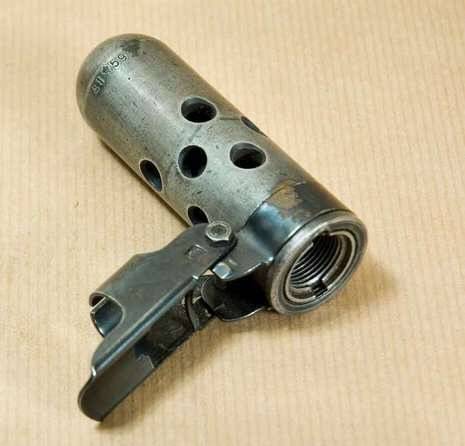
The device, screwing on the barrel of the "Swedish Mauser" for firing blank cartridges.
Skolskjutningskarbin (literally “school karabiner”) for military training in Swedish civil schools was also known. This model differs from the standard m / 1894 carbine, firstly, by its marking, and secondly, by the straight grip and the lack of a bayonet attachment.
The production of rifles at the factories of Karl Gustov lasted until the 1925 of the year, but approximately 18 000 m / 96 were manufactured at the Haskvarn factory during World War II for military training of citizens. Mauser produced 40 000 m / 96 “long rifles” between 1899 and 1900 for years and delivered them to Sweden, Karl Gustav - 475 000 m / 96 between 1896 and 1932 for years and Husqvarna 20 000 m / 96 between 1942 and 1944 for 535 years and 000 96 m / 6,5 between 38 and 6,5 for 1938 XNUMX XNUMX XNUMX XNUMX XNUMX In total, the XNUMX XNUMX "long rifle" m / XNUMX was released. The XNUMX mm short rifle mm Gevär m / XNUMX caliber XNUMX mm was adopted in XNUMX according to the experience of the First World War, which showed that under new conditions it is preferable to have a shortened rifle.
Rifle Gevär m / 38. The shortened m / 96 rifle (modification 1938-1940). (Army Museum, Stockholm)
The original m / 38 rifles (type I) were obtained from m / 96 rifles by trimming their barrels to 139 mm. Most of the specially made m / 38 rifles (type II) had a handle bent down and were finished with production in the 1944 year. The weapon factory in Huskvarna between 1942 and 1944 for years produced 88 150 new m / 38 “short rifles”. In total, 143230 copies were released. The m / 41 and m / 41B sniper rifles are m / 96 rifles equipped with a telescopic sight, supplied from Germany. When, due to the worsening military situation, Germany stopped selling them to Sweden, the Swedes started producing their own sights and converted the specially selected rifles in the 5300-1941 into sniper rifles for the 1943.
Gevär m / 41 sniper rifle. Caliber 6,5x55mm. (Army Museum, Stockholm)
In 1939, the unknown was given to the Finnish army, but apparently a rather large number of m / 96 rifles were used during the Winter War against the Soviet Union and, most likely, also during the 1941-1944 war. Actually, Swedish rifles were removed from service since the 1950-s, although sniper rifle versions continued to serve until the beginning of the 1980-s. Nevertheless, some units of the rear services were equipped with m / 96 even in the 1983 year. The last unit using the m / 41B sniper rifles was the Royal Guard.
Rifle "Huskvarna."
Interestingly, for their “medium” and “heavy” machine guns, the Swedes developed a special cartridge with the size of 8 × 63 mm m / 32. It was used from 1932 to the completion of the transition to the NATO 7,62 × 51 mm caliber of NATO in 1975.
Cartridge 8 × 63 mm.
The fact is that the 6,5 × 55 cartridge mm m / 94 was not considered effective enough for firing at aircraft and armored vehicles, and the army needed something more powerful, but not too heavy. Bofors offered the m / 32 cartridge of the same length as the .30-06 cartridge, which allowed it to fit into the standard Browning machine gun receiver, but which had a larger diameter cartridge than the standard 6.5 × 55 mm. The bullet weighed 14,2 g, had a large muzzle energy and had an effective range of about 3600 m (3937 m), at which the impact energy was 196 J. The maximum range was 5500 m (6,015 m). The patron was equipped with armor piercing bullets, which had quite decent performance characteristics for armor.
Experienced m / 40 rifle with a muzzle brake chambered for 8 × 63 mm. (Army Museum, Stockholm)
To be continued ...
- V.Shpakovsky
- Rifles by countries and continents. Mauser from Radom and Mauser Verguero (part 13)
Rifles, palm trees and dictators. Mausera Central America and the Caribbean Islands (Rifles by countries and continents - 12)
Rifles by countries and continents. Part of 11. Like a ross rifle, I almost became Huot's machine gun.
The same "Spencer." Rifles by country and continent - 10
Rifles for South America (Rifles by countries and continents - 9)
Rifles - the heiress of revolver guns (Rifles by countries and continents - 8)
Great Gun Drama USA (Rifles by Countries and Continents - 7)
Great Gun Drama USA (Rifles by Countries and Continents - 6)
Great Gun Drama USA (Rifles by Countries and Continents - 5)
Great Gun Drama USA (Rifles by Countries and Continents - 4)
Great Gun Drama USA (Rifles by Countries and Continents - 3)
Great Gun Drama USA (Rifles by Countries and Continents - 2)
Rifle for Simo Hyahuya (continuation of the theme “Rifles by countries and continents” - 1)
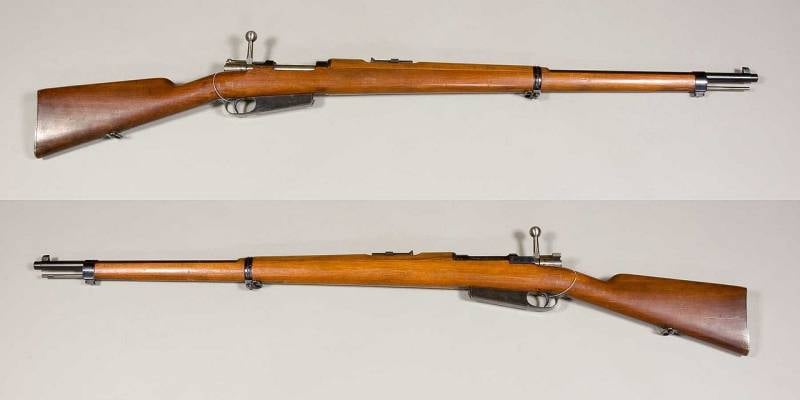
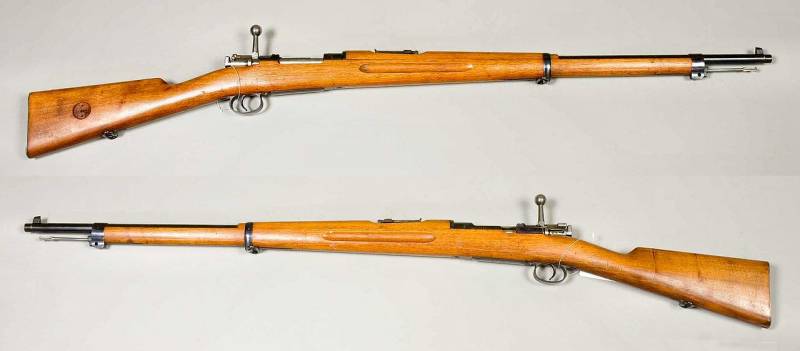
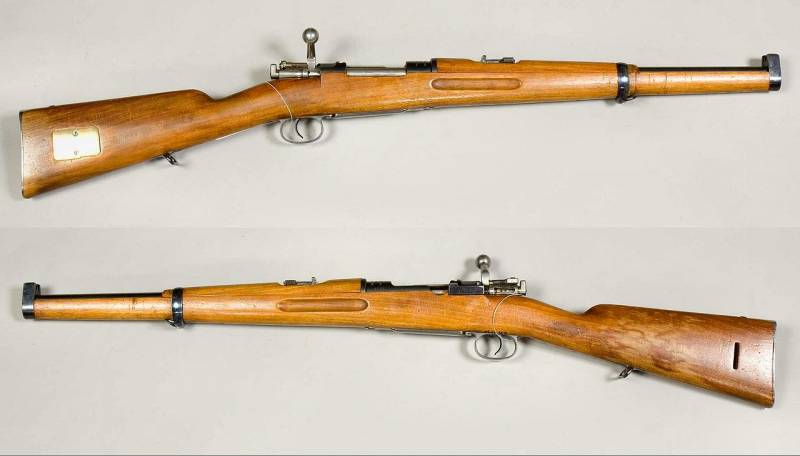
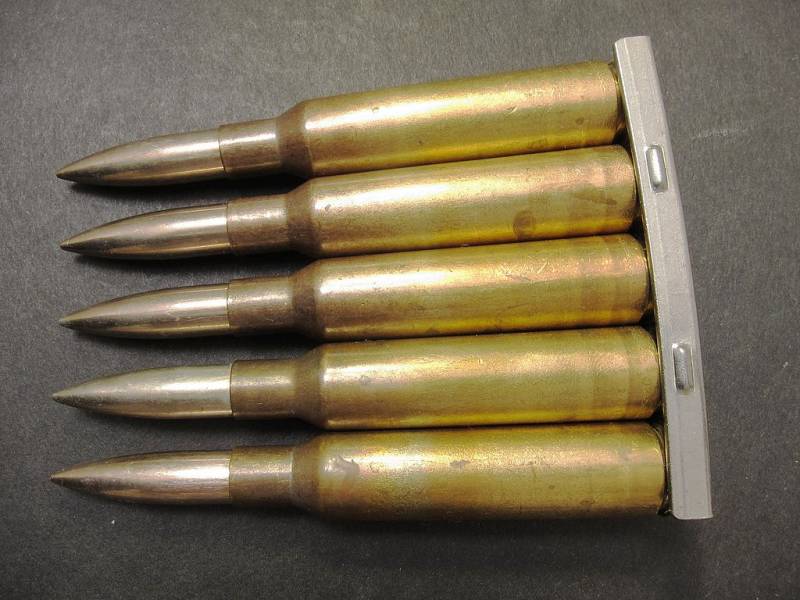
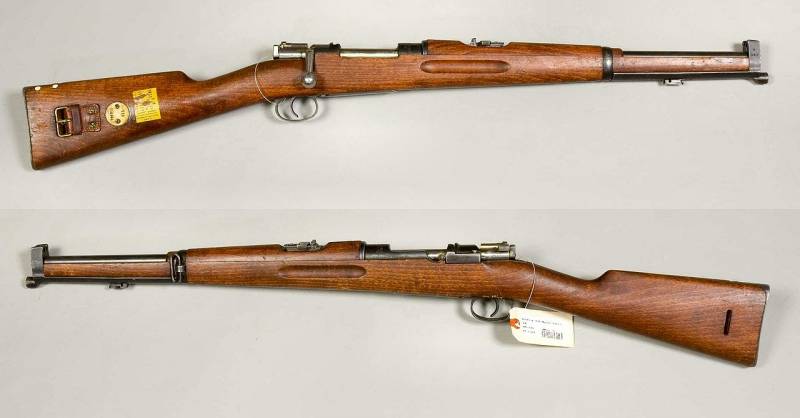
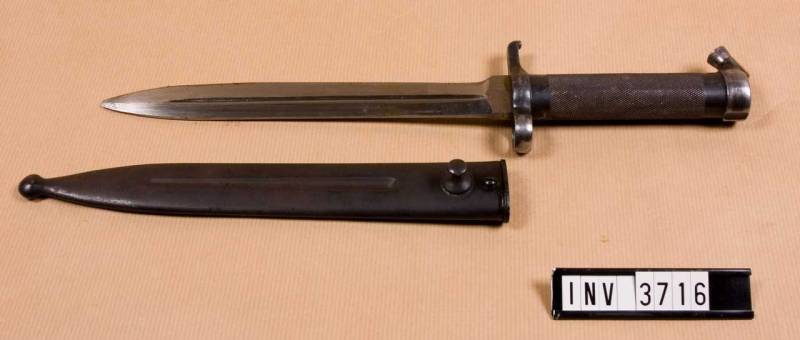
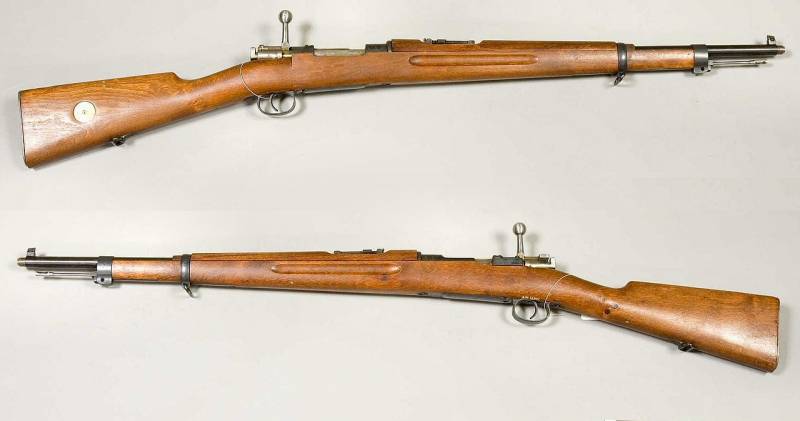
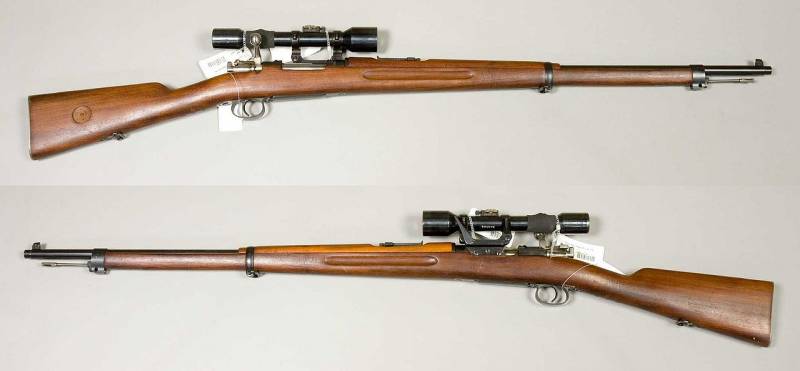

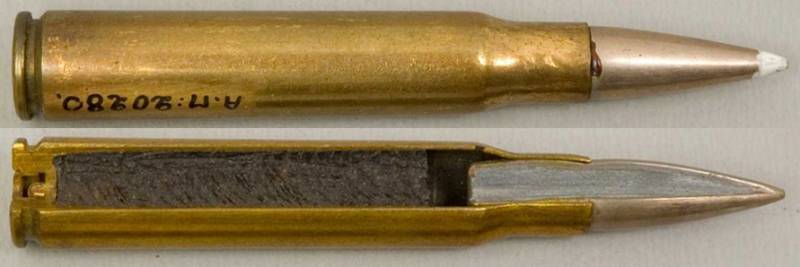
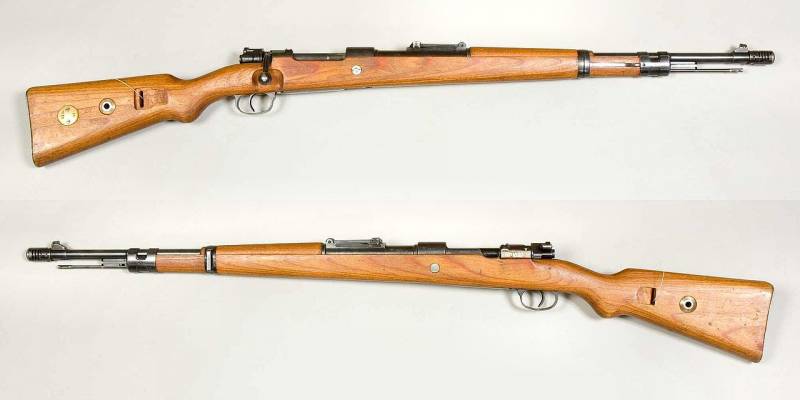
Information